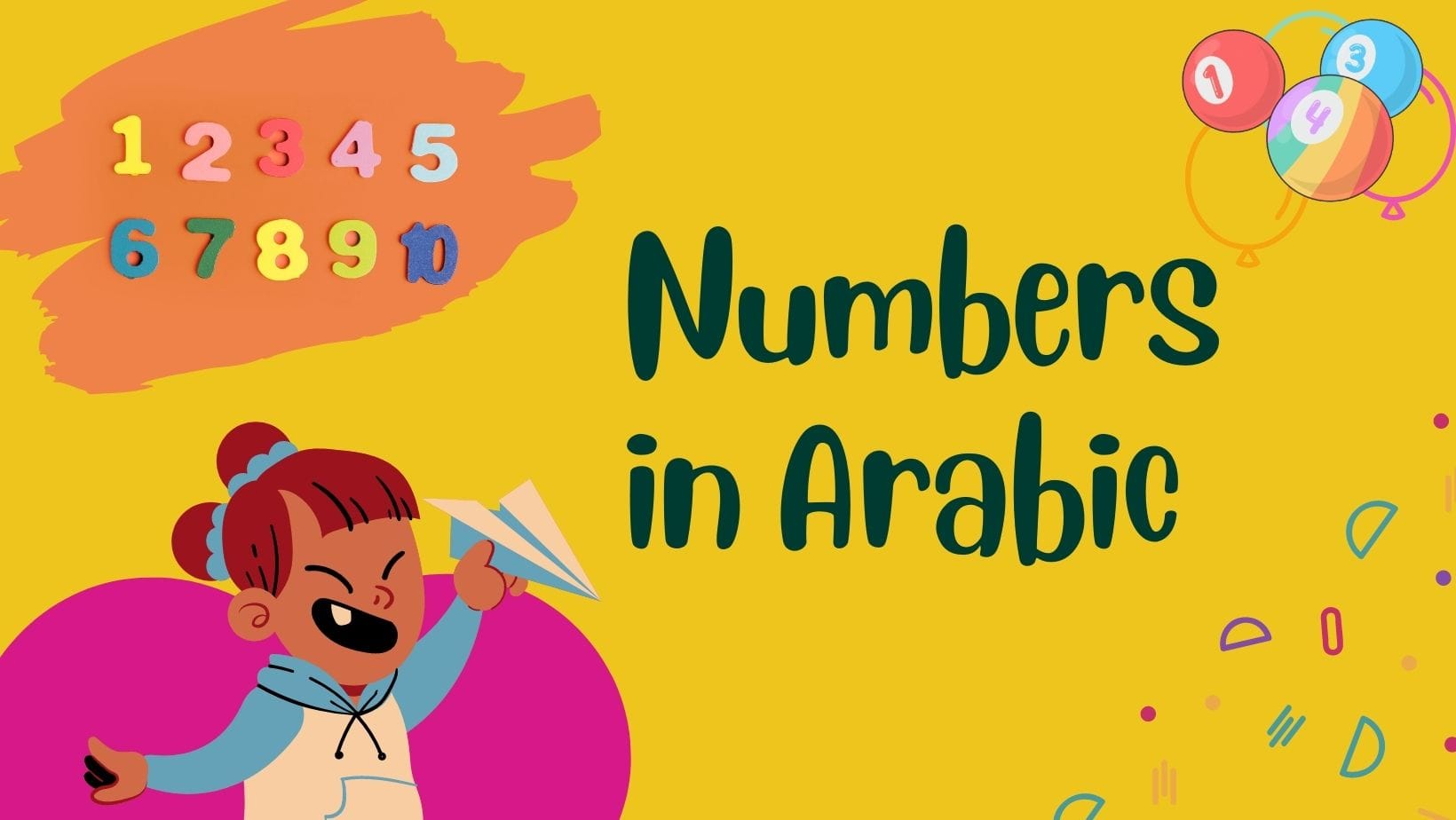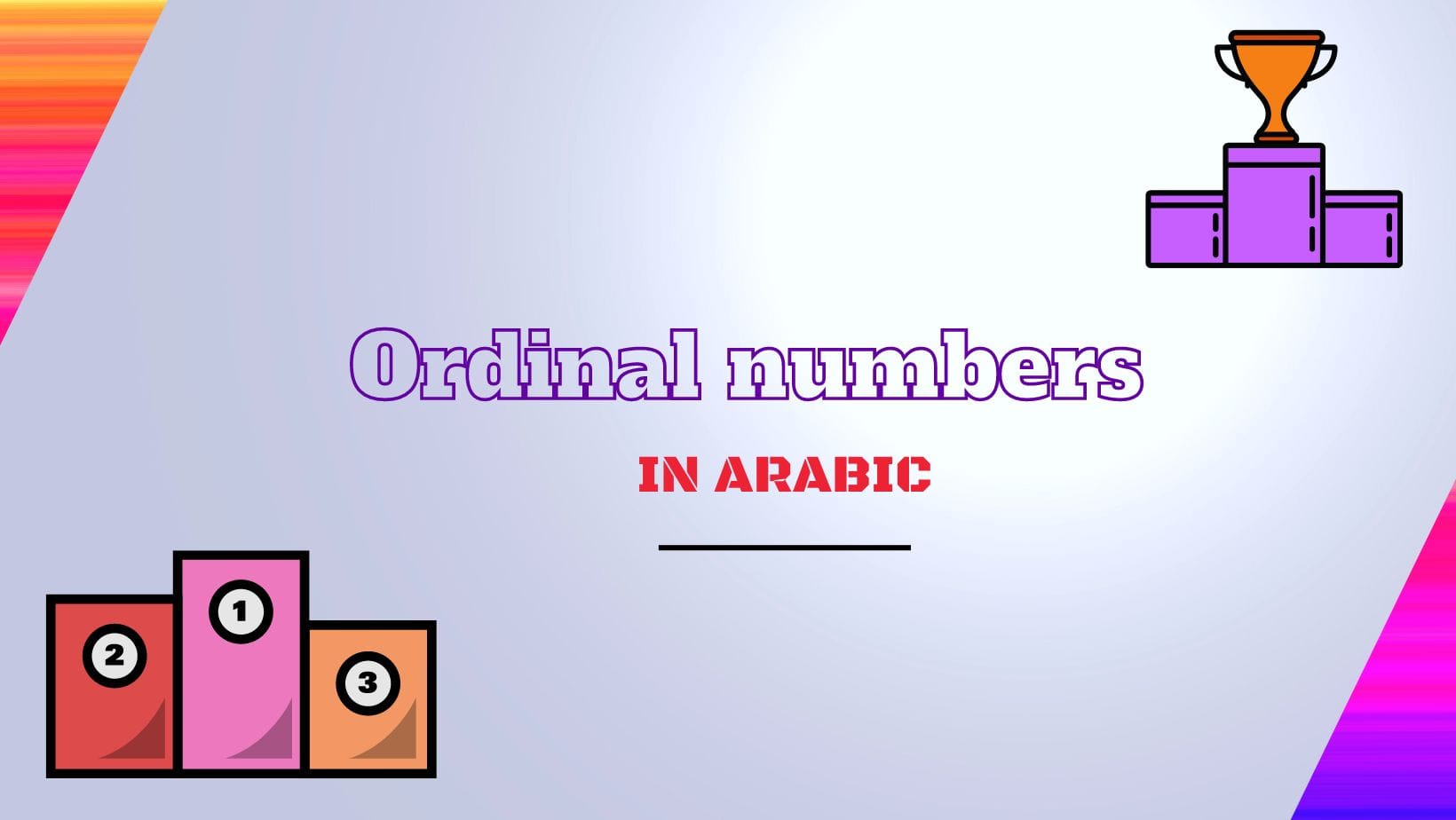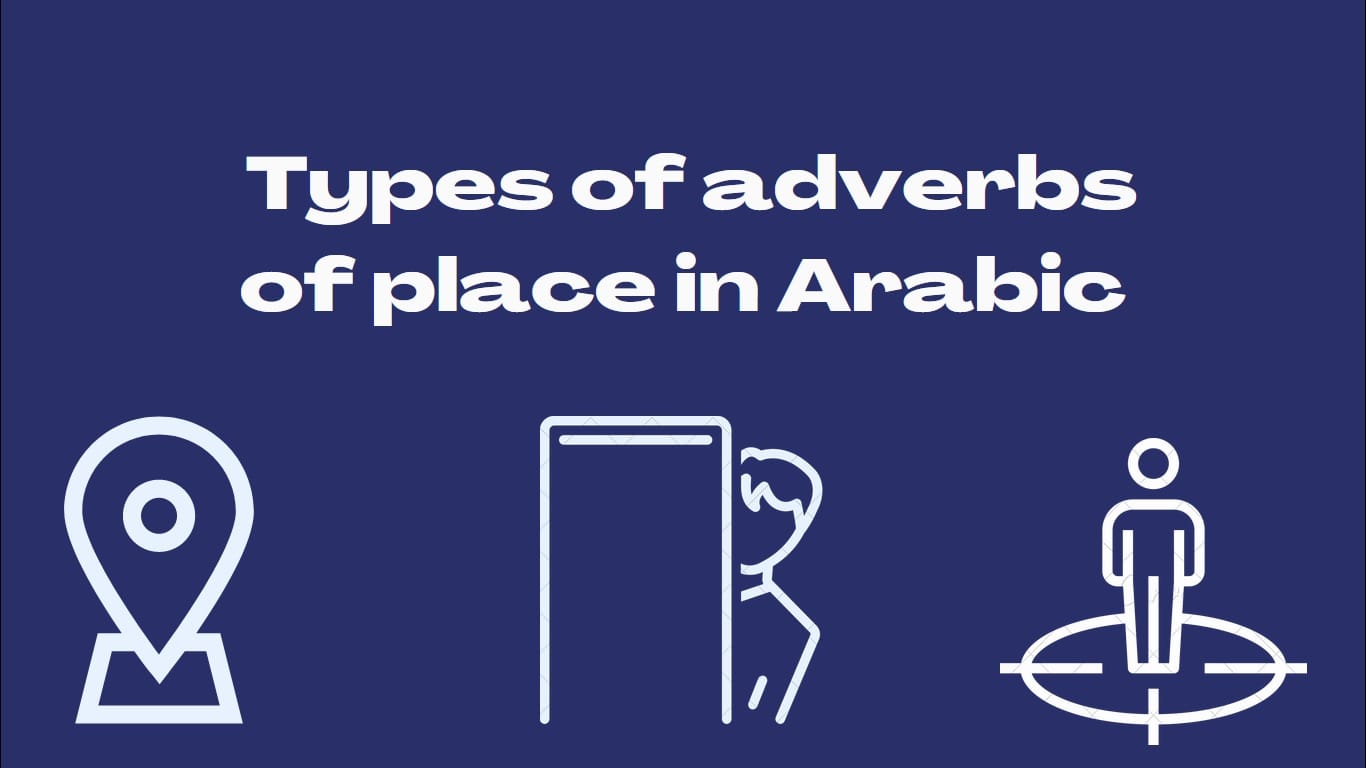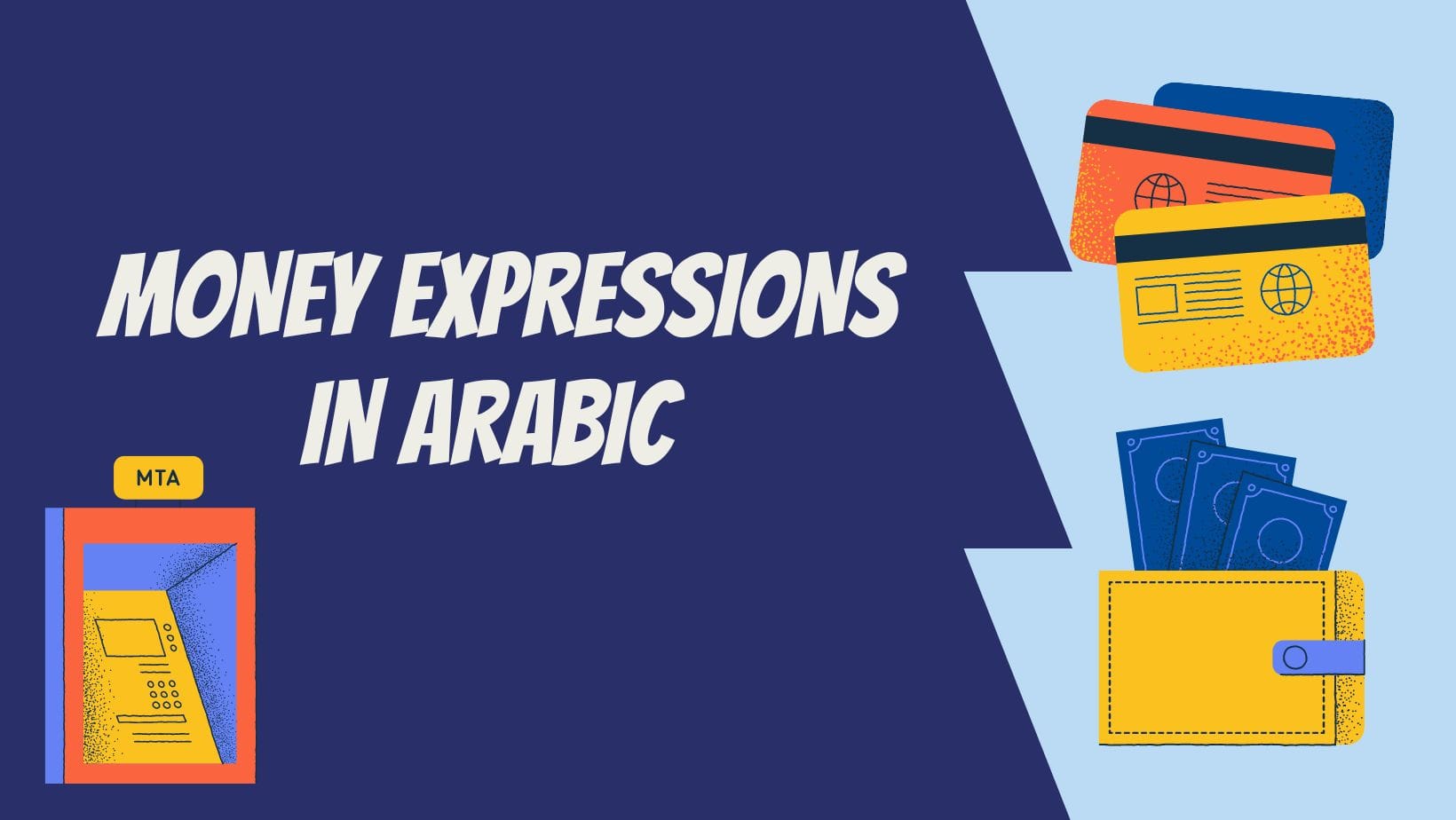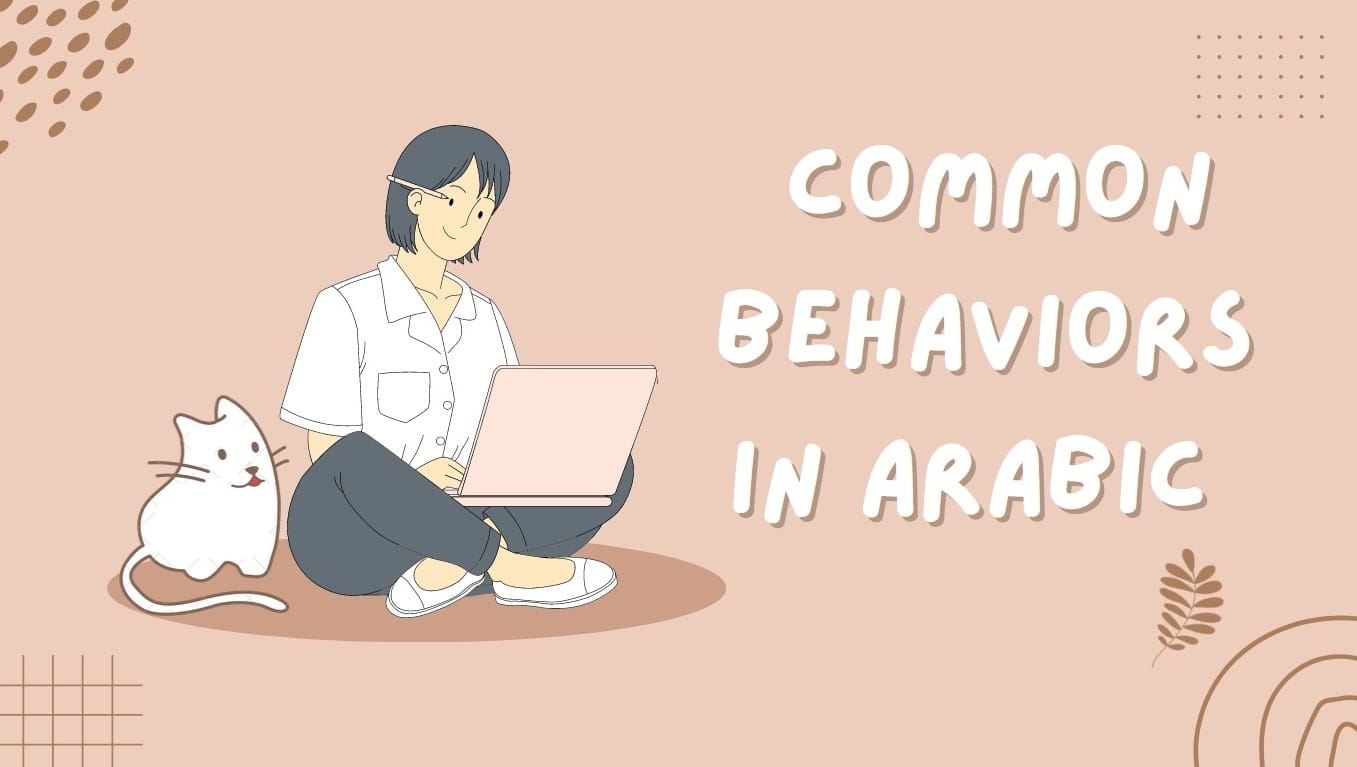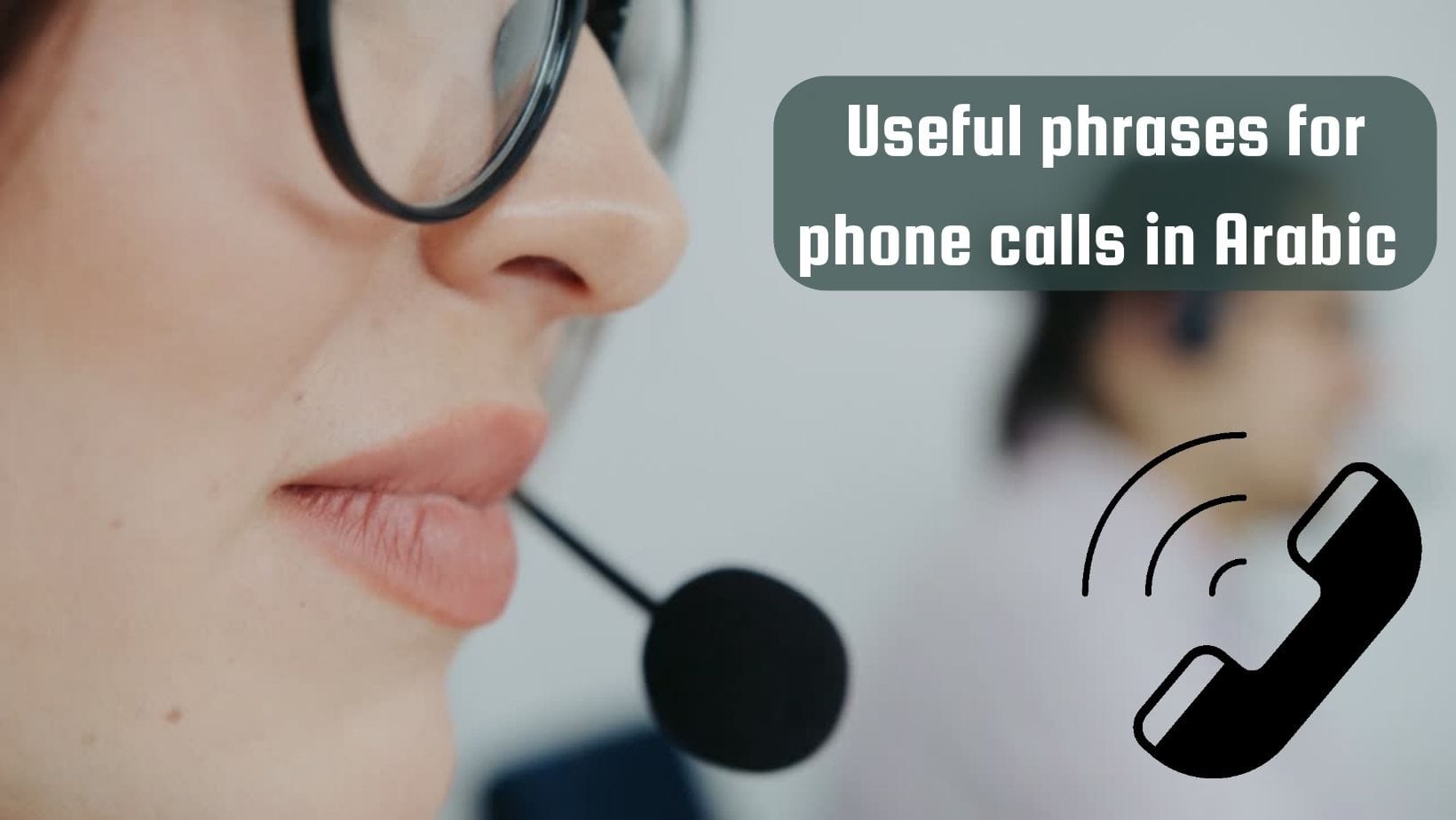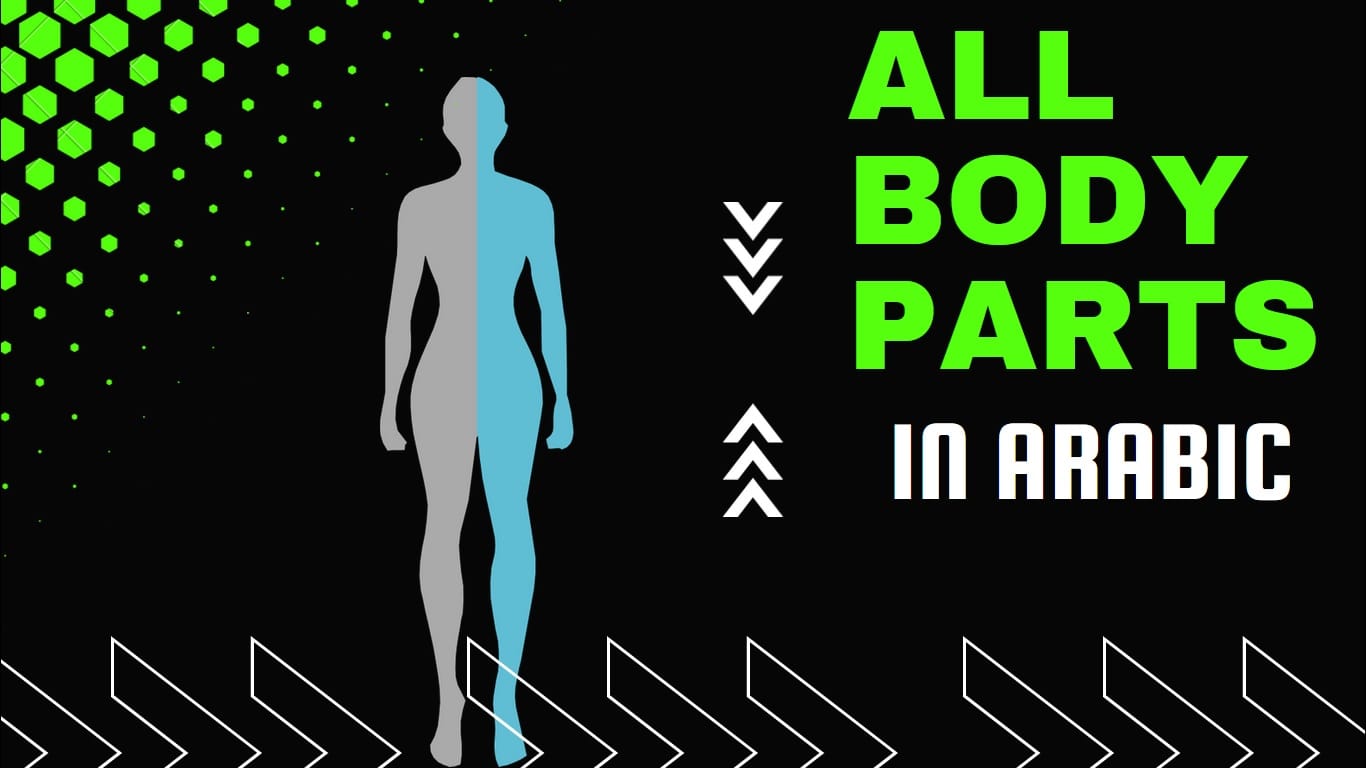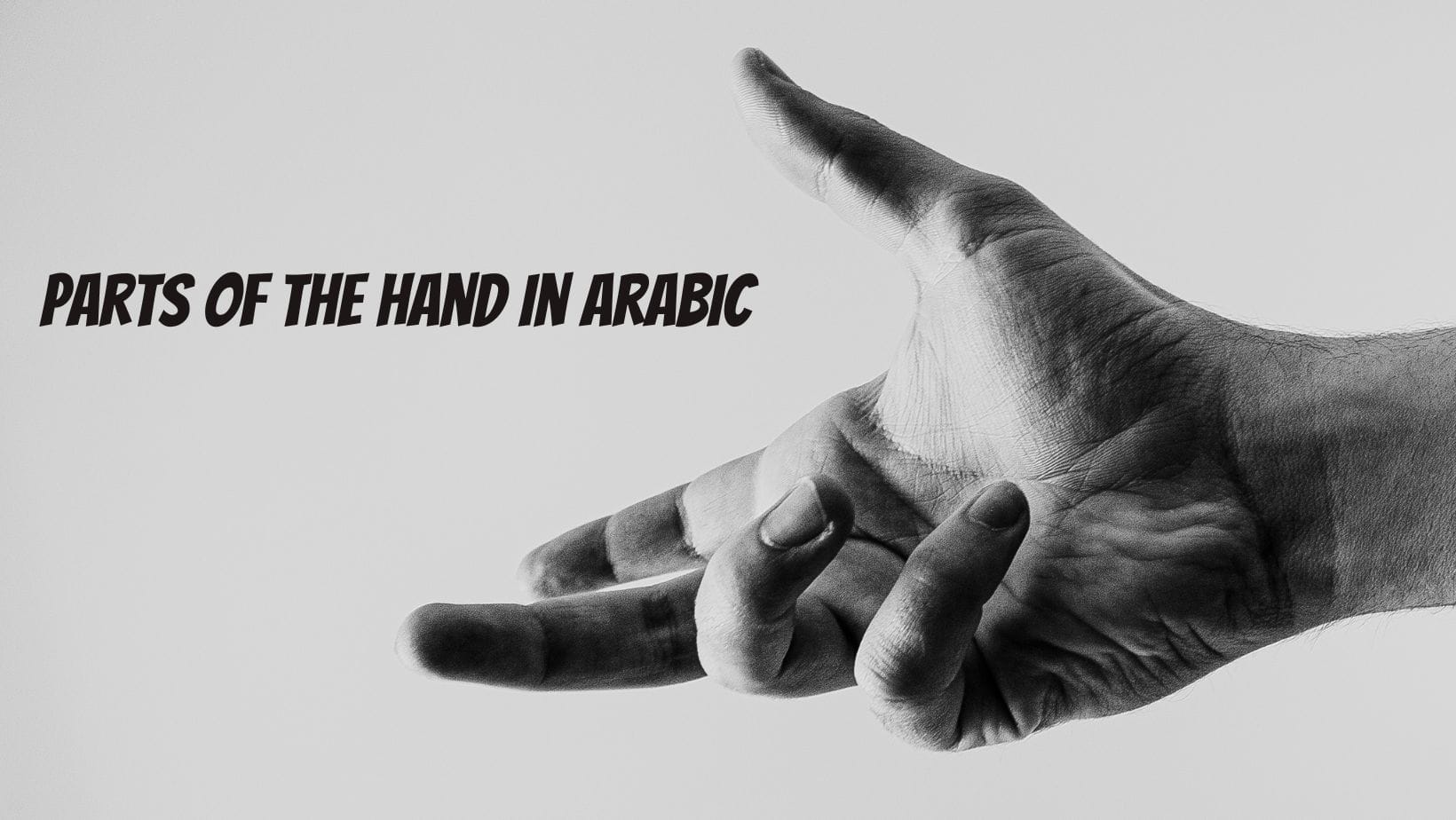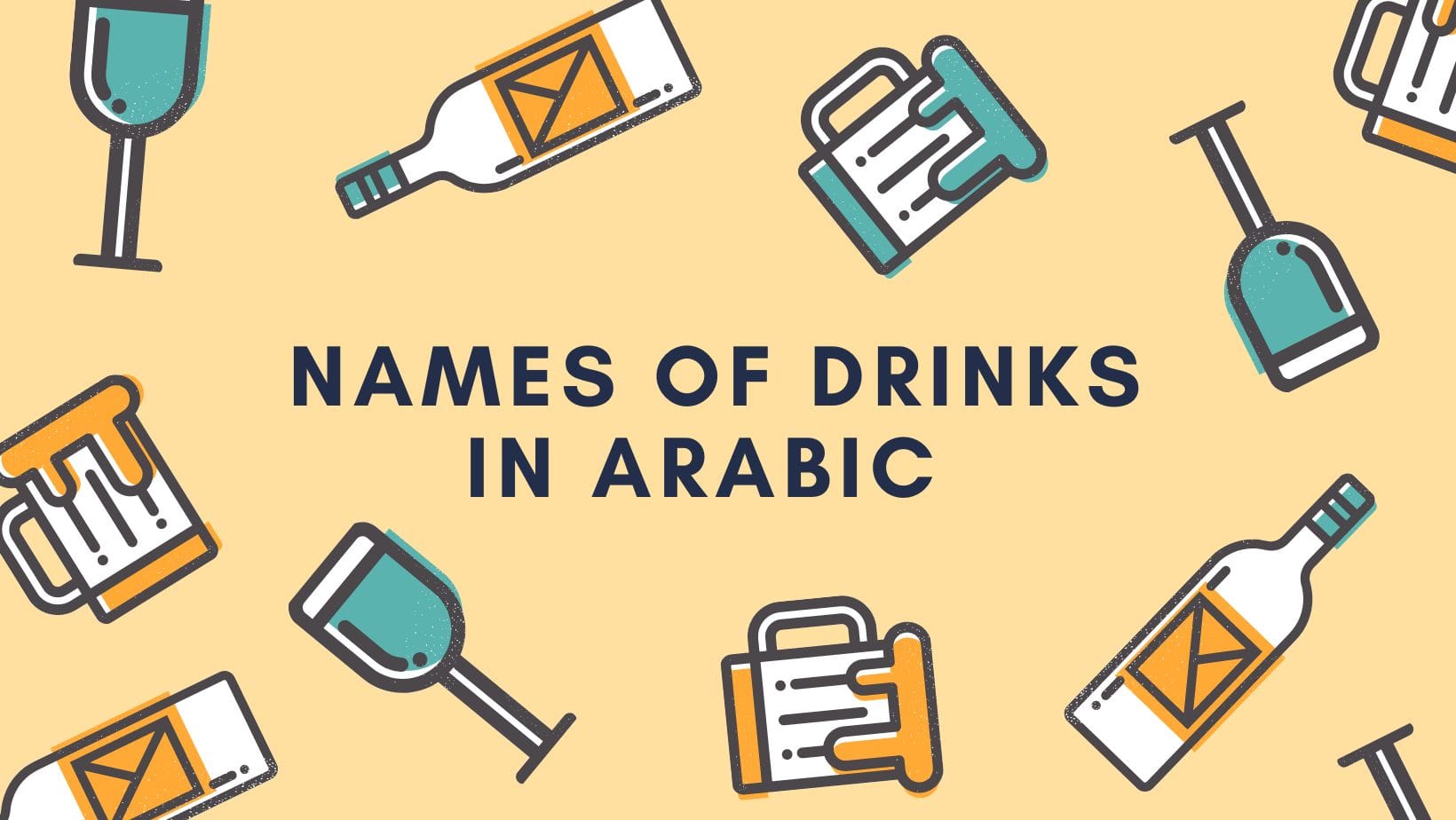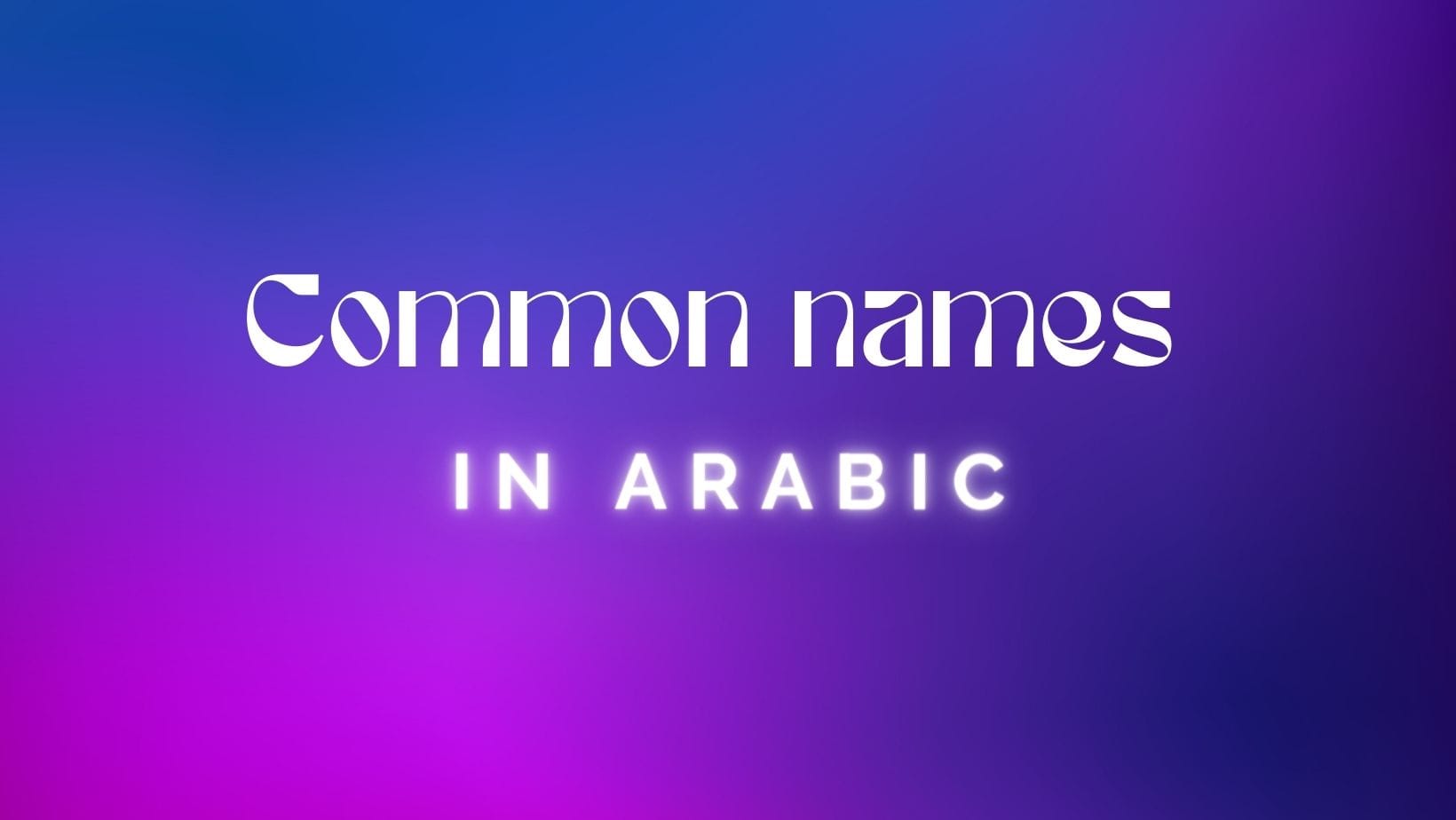
Learning how to pronounce Arabic correctly is one of the most important steps for anyone who wants to speak Arabic with confidence. Whether you are a beginner exploring the Arabic alphabet for the first time or an advanced learner polishing your pronunciation, the Arabic Alphabet Academy provides everything you need to master the sounds of Arabic — easily and effectively.
The Arabic Pronunciation page is designed as your complete guide to Arabic sounds. It serves as a hub connecting you to detailed lessons, pronunciation examples, and learning tools that help you listen to native Arabic speakers, see how each letter is formed, and practice speaking Arabic accurately./
Why Arabic Pronunciation Matters
Arabic is a language rich in sound and meaning. Some Arabic letters, such as ع (ʿAyn), خ (Khāʾ), or ق (Qāf), don’t exist in English or many other languages — which is why learning their pronunciation correctly makes a big difference. Clear pronunciation allows you to:
- Communicate naturally with native speakers.
- Understand the words you hear in Arabic videos or conversations.
- Memorize Arabic vocabulary with ease.
- Appreciate the beauty of Quranic recitation and Arabic poetry.
On this page, you’ll find everything you need to learn how to pronounce Arabic easily and confidently.
A Hub for Arabic Pronunciation Learning
The Arabic Pronunciation section at Arabic Alphabet Academy acts as a central guide to the sounds of the language. It includes links to subtopics and pages that break down each sound in Arabic. You’ll explore how to pronounce every letter correctly, how different vowel marks (like fatḥa, kasra, and ḍamma) affect pronunciation, and how to distinguish between similar letters that often confuse learners.
Here’s what makes this resource truly valuable:
1. Letter-by-Letter Pronunciation Guides
Each Arabic letter has its own dedicated page. For example, you can learn how to pronounce:
- ظ (Ẓāʾ) – by understanding how your tongue should touch the upper teeth.
- ع (ʿAyn) – by learning how to produce a deep sound from the throat.
- ط (Ṭāʾ) and ض (Ḍād) – by exploring the unique “emphatic” quality of these letters.
- خ (Khāʾ) and غ (Ghāyn) – by mastering the soft, guttural sounds produced from the back of the throat.
Each guide provides a clear explanation of tongue and throat position, making it easier to imitate native Arabic speaker pronunciations accurately.
2. Examples with Different Vowel Signs
In Arabic, vowels completely change the sound and meaning of a word. That’s why every pronunciation lesson includes examples with fatḥa (a), kasra (i), and ḍamma (u). For instance:
- The letter ب (Bāʾ) sounds like ba, bi, or bu, depending on the vowel sign.
Listening to these variations helps you train your ear and speak Arabic words naturally.
3. Comparisons of Similar Sounds
Many learners struggle to tell the difference between letters that sound alike, such as س (Sīn) and ص (Ṣād), or ز (Zāy) and ذ (Dhāl).
This website helps you compare similar sounds side by side, showing you exactly how each is pronounced and where your tongue should be placed. These comparisons are especially helpful if you want to sound like a native Arabic speaker and avoid common mistakes.
4. Arabic Transliteration Tool with Text-to-Speech
One of the most powerful tools linked from the page is the Arabic Transliteration Tool. This feature converts Arabic script into Latin letters so you can read how words sound even if you haven’t mastered the Arabic script yet.
What makes it even more useful is its Text-to-Speech option — you can listen to a native Arabic speaker pronounce any word instantly. This combination of visual and auditory learning makes it much easier to memorize Arabic words and practice their correct pronunciation.
The transliteration tool follows recognized standards like ALA-LC and ISO, ensuring consistency and accuracy. It even integrates Mishkal, a vowelization tool that adds the correct diacritics (harakat) before transliteration — a feature that’s crucial for proper pronunciation.
5. Vocabulary Sets and Thematic Topics
Learning isolated words can be boring and ineffective. That’s why the Arabic Pronunciation page also serves as a directory to vocabulary sets organized by theme — such as home, family, food, or verbs.
These thematic lessons allow you to learn pronunciation in real contexts, listening to words you’ll actually use in daily conversations. For example, you can hear how a native Arabic speaker says “bayt” (house) or “ṭaʿām” (food) — and repeat after them to build fluency.
6. Standard Transliteration Approach
Unlike many random Arabic learning websites, the Arabic Alphabet Academy uses a standard transliteration system, ensuring that the same letter or sound is always represented the same way. This consistency helps you:
- Build reliable pronunciation habits.
- Avoid confusion when switching between learning materials.
- Understand exactly how to pronounce new words every time you see them.
How to Use This Page Effectively?
- Start with the Alphabet. Learn how to pronounce each Arabic letter using the pronunciation guides.
- Use the Transliteration Tool. Type any Arabic word, see how it’s written in Latin letters, and listen to its pronunciation.
- Practice Daily. Repeat words aloud while comparing your sound to that of the native speaker.
- Learn Vocabulary in Context. Explore the thematic sections and memorize words that fit your interests or daily life.
- Review and Compare. Revisit similar letters to refine your pronunciation accuracy.
Conclusion: Speak Arabic with Confidence
If you’ve always wanted to learn how to speak Arabic easily, the Arabic Pronunciation page from Arabic Alphabet Academy is your perfect starting point. With its clear explanations, real native audio examples, and intelligent transliteration tools, you’ll gain both confidence and accuracy in pronunciation.
Whether your goal is to recite Quran beautifully, speak Arabic fluently in conversation, or master Arabic sounds as a linguist, this page offers everything you need to succeed.
So start exploring, listen to native Arabic speakers, and let every sound bring you closer to speaking Arabic with clarity and confidence.

Tools and Equipment in Arabic (Vocabulary List with Audio)

House Vocabularies in Arabic (Vocabulary List with Audio)

The Most Common Command Verbs in Arabic

Most Arabic Common Verbs

Kitchen and cooking verbs in Arabic

Practice Arabic Verbs with masculine and feminine pronouns

The easiest guide to learn Numbers in Arabic

Ordinal numbers in Arabic

Colors in Arabic

Seasons of the year in Arabic

Weather conditions in Arabic

Arabic clothing vocabulary

Days of the week in Arabic

Months of the year in Arabic

Arabic Vocabulary Lesson: Talking About Fears and Phobias with Examples

Useful Arabic Expressions for Talking About Your Mood

Adverbs of Place in Arabic

Everyday Money Expressions in Arabic

Arabic Vocabulary for Common Behaviors

Arabic for Beginners: First and Second Person Pronouns Simplified

Arabic Vocabulary for Handwashing – Learn with Audio and Examples

Learn How to Order a Drink in Arabic (With Pronunciation Audio)

Use These Arabic Phone Call Phrases Today and Boost Your Confidence – Audio Included

Beginner Arabic Guide: What to Say When You Lose Your Wallet (With Audio)

Learn Arabic Fast: Most Useful Arabic Expressions with Audio

Learn Face Parts in Arabic with Easy Words and Audio

Learn and Practice Arabic Body Parts – Audio Vocabulary for Beginners

Arabic Vocabulary for Face and Head: Essential Words for Beginners

Learn the Parts of the Hand in Arabic – Vocabulary List with Audio

Learn Animal Names in Arabic – Vocabulary List with Audio

Essential Arabic Vegetable Vocabulary with Audio Practice

Learn Common Arabic Adjectives Easily – Vocabulary List with Audio

Arabic Fruit Names with Audio: A Beginner-Friendly Vocabulary Guide

Learn Nut Names in Arabic – Vocabulary List with Audio

Food names in Arabic

Names of drinks in Arabic

Arabic Common names

Common names in Arabic

Common names in Arabic language

Places in the city in Arabic

Common words in Arabic

Education Vocabularies in Arabic

Banking Vocabularies in Arabic

Money related words in Arabic

Sports vocabularies in Arabic

Transport vocabulary in Arabic

Job Types in Arabic

Job names in Arabic language







